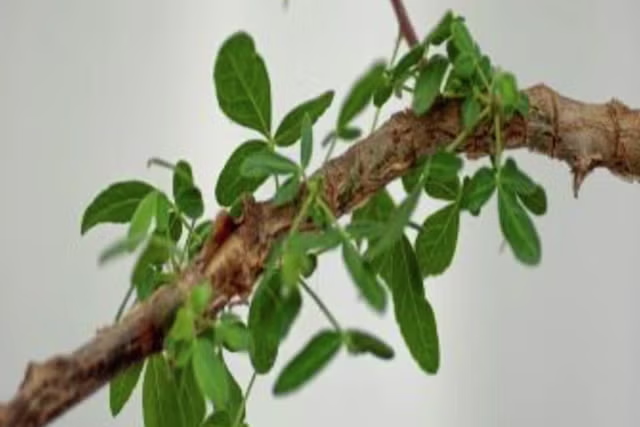Hurricane Helene is forecast to make landfall in Florida on Thursday evening, packing destructive winds of up to 160 mph and heavy rainfall. In addition to these threats, forecasters are urging Gulf Coast residents to remain alert for a secondary danger: tornadoes.
These "spin-up" tornadoes, sometimes referred to as "gustnadoes," are brief, intense vortexes that can form within the downbursts of thunderstorms. While not as strong or long-lived as the classic tornadoes typical in the central U.S., they are still highly dangerous.
"Tornadoes embedded in tropical rainbands can be incredibly dangerous, especially after dark," AccuWeather chief meteorologist Jon Porter said in an update.
The risk of spin-up tornadoes extends across much of the Florida Peninsula and parts of the Panhandle, with the threat moving inland to Georgia, eastern Alabama, southwestern South Carolina, and southeastern Tennessee through Friday.
"Everywhere east of the center of circulation is where we typically look for a tornado risk in tropical systems," AccuWeather Lead Hurricane Expert Alex DaSilva said in a briefing to the media on Wednesday.
"These tornadoes can spin up very quickly with very little warning, so we really want people, even if you're well inland, to be aware and have a way to get warnings."
DaSilva added that, unlike the more familiar tornadoes of the Great Plains, these spin-up tornadoes are often rain-wrapped and difficult to spot.
"You're not going to be able to see them until they're right on top of you," DaSilva said. He added that residents should keep phones charged to receive urgent warnings from the National Weather Service if a tornado forms.
Spin-up tornadoes occur when powerful downdrafts of rain-cooled air from thunderstorms create intense winds at the storm's leading edge, known as the "gust front."
If wind speeds are strong enough, friction at the surface can disturb the airflow, generating a rotating vortex at the gust front. This vortex forms at ground level and can extend hundreds of feet into the air, creating a spin-up tornado.
Despite their name, spin-up tornadoes differ from actual tornadoes. Tornadoes form when warm updrafts of air feed a storm cloud, connecting to its base, with the rotation driven by the cloud itself. Conversely, a spin-up tornado is not connected to the cloud base and forms from cool downdrafts ahead of the storm.
Although shorter-lived and typically less powerful than traditional tornadoes, spin-up tornadoes can still inflict significant damage, especially amid the chaos of Hurricane Helene.
"If a tornado warning is issued in your area, make sure you take shelter in a sturdy interior room on the lowest level, away from exterior doors and windows. It's also important to review evacuation zones and routes if you live near the coast," Porter said.
Do you have a tip on a science story that Newsweek should be covering? Do you have a question about Hurricane Helene? Let us know via science@newsweek.com.
Disclaimer: The copyright of this article belongs to the original author. Reposting this article is solely for the purpose of information dissemination and does not constitute any investment advice. If there is any infringement, please contact us immediately. We will make corrections or deletions as necessary. Thank you.



